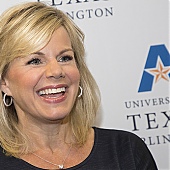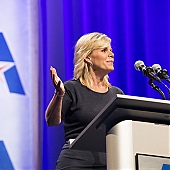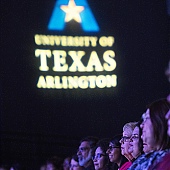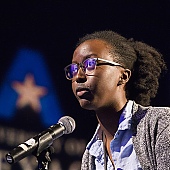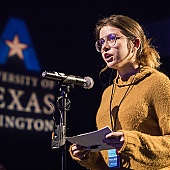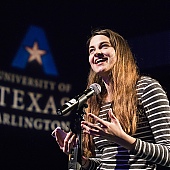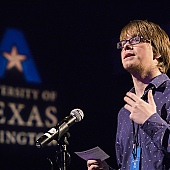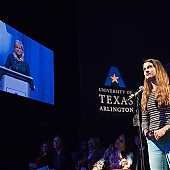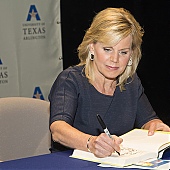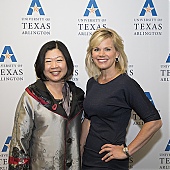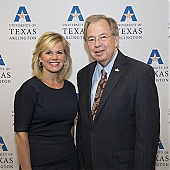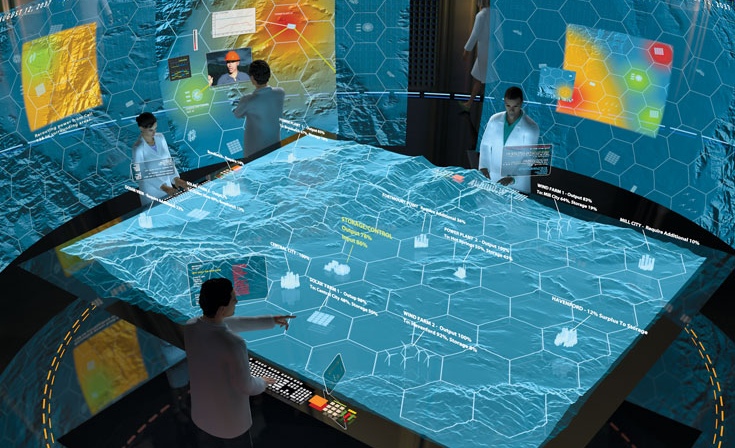
Smart Grid, 2067
Summer 2012 · Comment ·
As energy demand rises, the electrical grid in the United States is steadily pushed to its limits. More efficient technology like smart grids can help ease that burden, but no one knows how much demand these grids can take. Electrical engineering Professor Qilian Liang plans to find out.
Dr. Liang received a National Science Foundation grant to determine the upper boundary of a smart grid’s threshold. A smart grid is a digitally enabled electrical grid that collects information about usage and demand and then acts on it to improve the efficiency, reliability, and sustainability of electricity services. “The capacity limit on a smart grid is enormous,” Liang says. “We want to use the Internet, cellular phone systems, sensor networks, everything available to inch closer to that upper boundary so we can find out what the limit is in terms of information transmission.”
One study conducted by the U.S. Department of Energy concluded that upgrading to smart grid capabilities could save $46 billion-$117 billion over the next 20 years. Liang says that knowing their threshold will help people determine how large a grid they should build and maintain in their cities. “We also need to know energy expectations due to population increases in the future to better plan for those people,” he says. “We will develop a planning tool for future grid needs as part of this grant.” Engineering Dean Jean-Pierre Bardet believes that Liang’s work will prove crucial as the need for electricity grows. “Meeting those needs is not just a U.S. challenge,” he says. “It is a worldwide challenge.”
